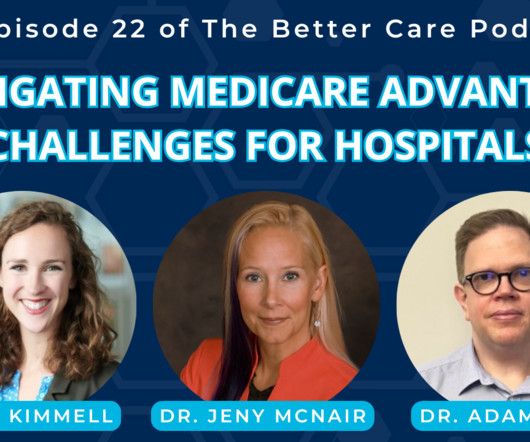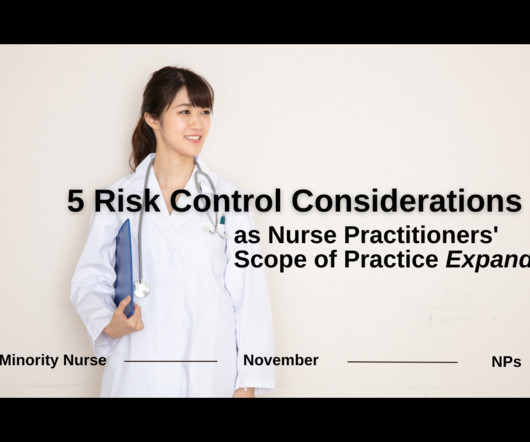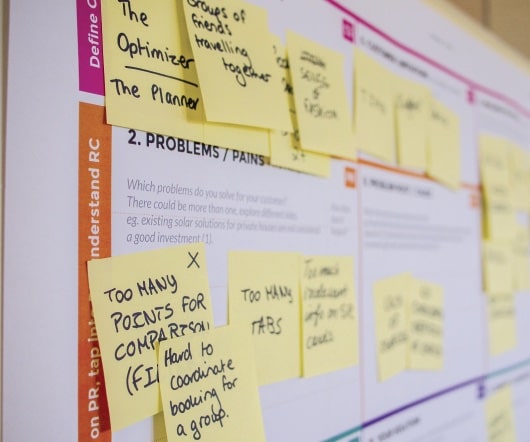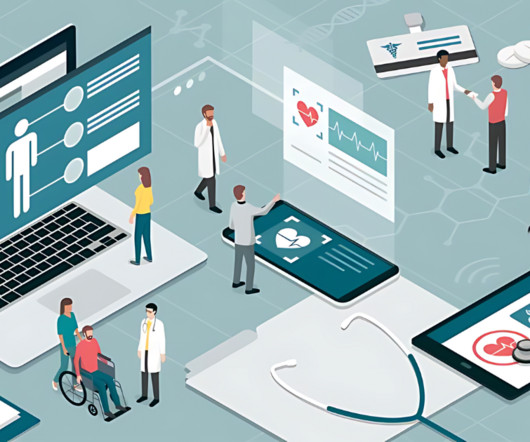Navigating Medicare Advantage: Strategies for Hospitals to Tackle Growing Challenges
EvidenceCare
NOVEMBER 19, 2024
Documentation Challenges and Payer Friction As MA plans focus on profit margins, hospitals are encountering increased payer friction, denials, and administrative burdens, particularly around the CMS Two-Midnight Rule. So, when you put in that inpatient order, it implicitly means you believe the patient will need that level of care.












































Let's personalize your content